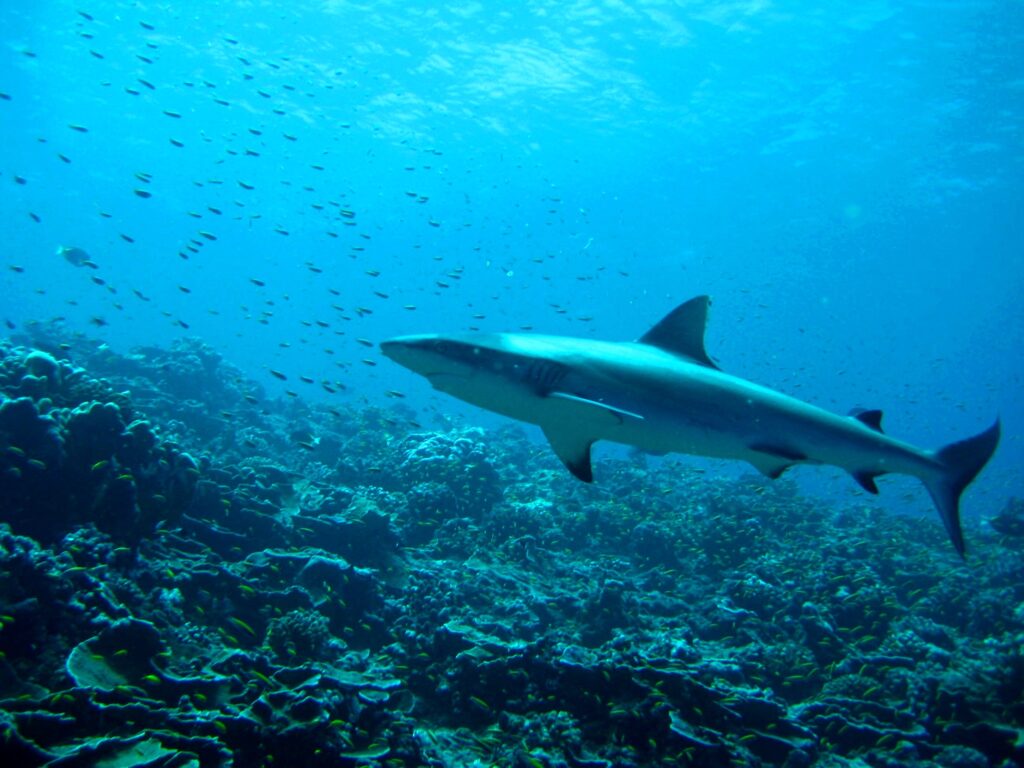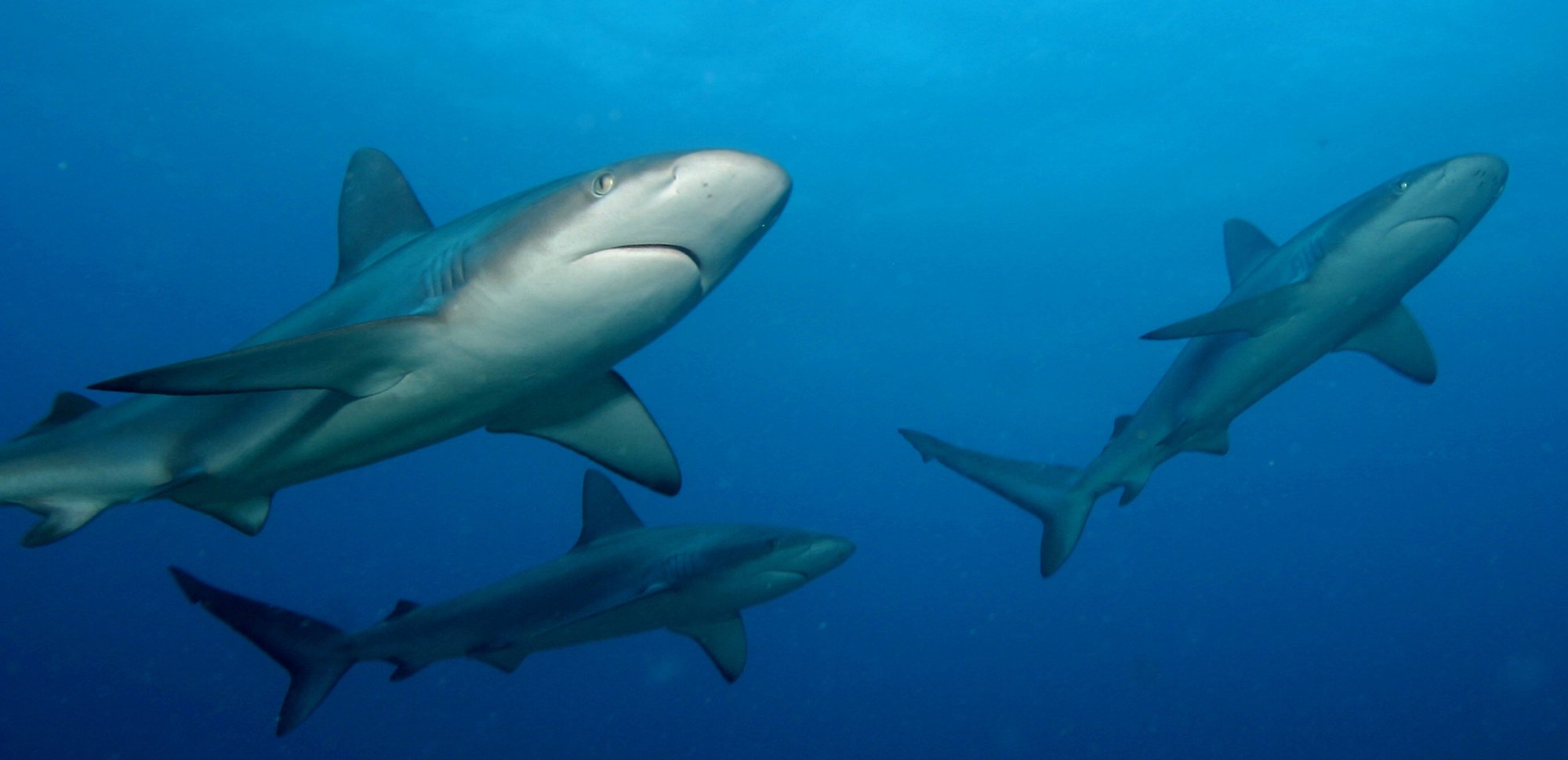Sharks are capable of evolving rapidly, overcoming dozens of obstacles to suite many niches within our oceans. There is one issue proving difficult for them to swim through, humans. Anthropogenic based climate change is taking a toll on our oceans via a rise in CO2 levels leading to ocean acidification. Although years of research on the impacts of ocean acidification has placed its focus on shelled animals who appeared to be the most at risk and assumed that sharks were relatively safe from the effects. Looking further we are beginning to notice that if we continue on our planned trajectory for end of century CO2 levels, sharks as we know them may be no more.
There are two important aspects about sharks that are important to understand in order to know why they are being impacted by increased CO2 levels. First, sharks have a sense known as “electroreception”, executed through specialized organs known as “ampullae of lorenzini”. They use this organ to detect electrical fields given off by other organisms in order to hunt for prey. Second, sharks are “osmoconformers” meaning they match their internal osmolality levels to the seawater around them by accumulating bicarbonate and exchanging soluble ions through their gills. Their ability to regulate and accumulate ions has been studied and is shown to correlate with their neurological function, with changes in these levels causing behavior changes.
The most dangerous change to be observed is in hunting behaviors. An experiment was done on smooth dogfish sharks, they were first allowed 10 minutes of acclimation to the freshwater tanks, another 10 to have their natural swimming patterns observed and then finally had squid juice released randomly into one side of the tank, there was also a brick used as “bait” in the strongest area of the odor plume. In the sharks that had 5 prior days of end of century level CO2 exposure, it was found that the sharks swam on the opposite side of the tank from the odor, even when odor was released on the sharks preferred swimming side, but they also tended to “attack” the brick when it was placed on their non-preffered side. The sharks that received current-day and moderate CO2 exposure most often chose to swim on the side of the tank with the odor present and attacked the brick most often when it was on their preferred side. The end century level CO2 sharks also presented less aggressive attacks to the prey brick.
These results show a scary future for sharks, and mimics other, more frequent, studies done to marine organisms. Its believed that raised CO2 levels mess with receptors in the brain leading the sharks to have a decreased ability to detect and interpret their own specialized electroreceptive senses, which causes them to exhibit behaviors that go against their previously learned hunting habits. Sharks as a whole have long lifespans and take many years to mature before having just a few offspring. These details combined with observed behavior raises concern for sharks and should trigger not just a desire to understand and combat these behavioral changes in sharks but to also examine other species that have been thought as “resist to climate change” for similar behaviors.

Featured image: Gray reef sharks
